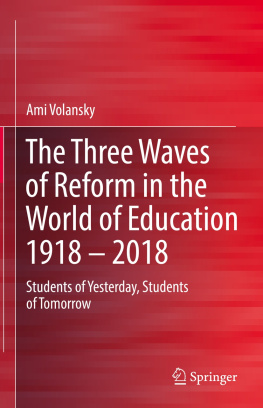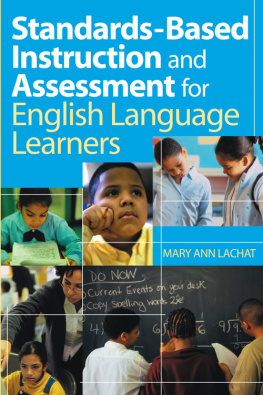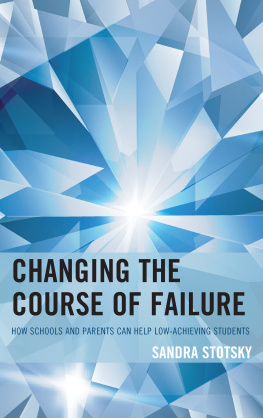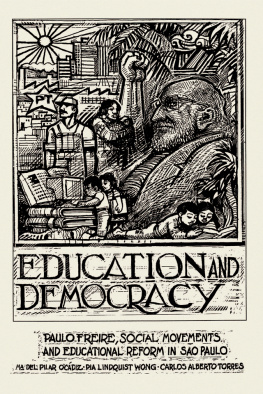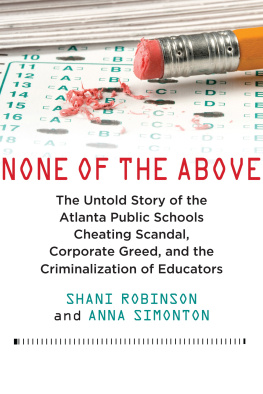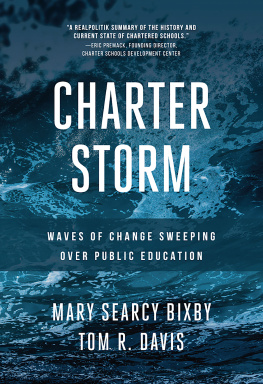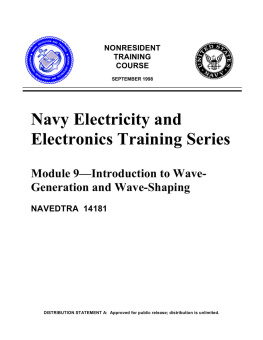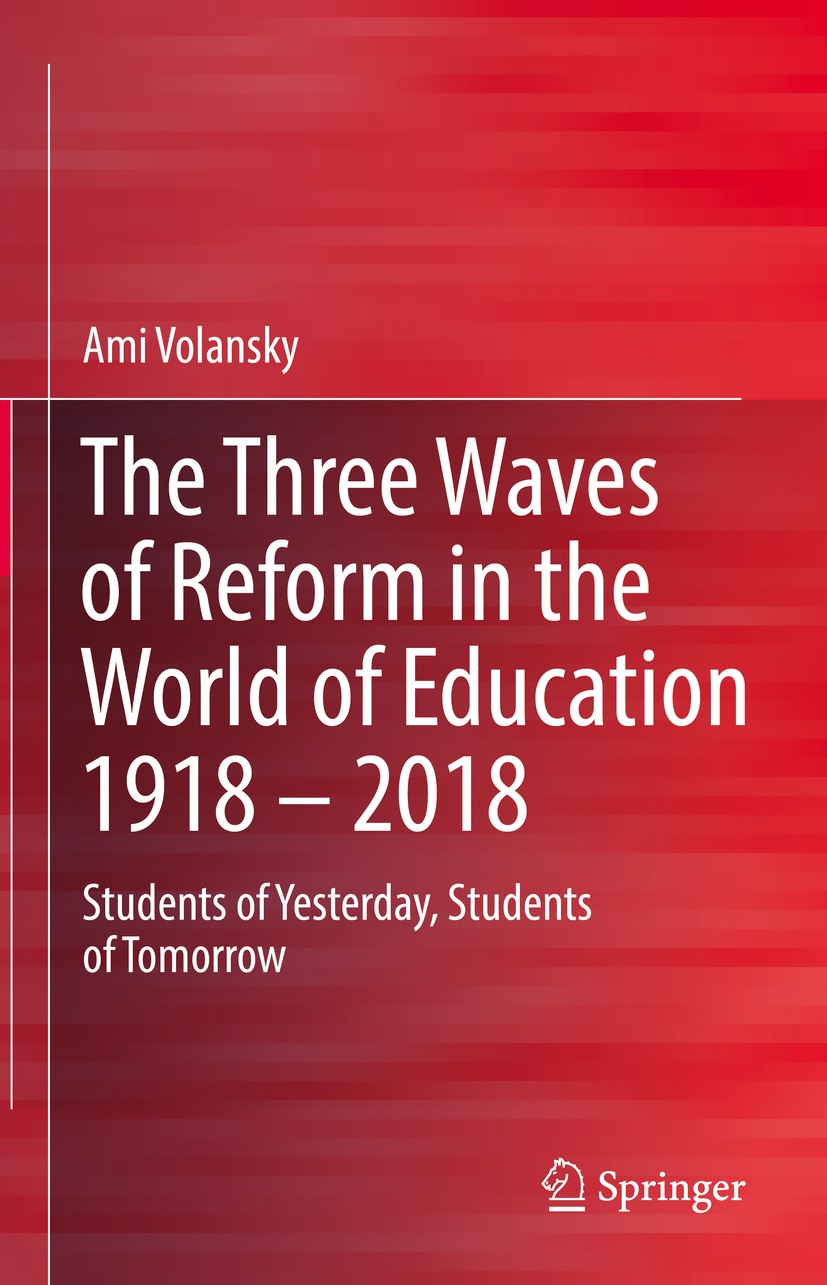Background to the Study
More than three decades ago, I started out on a long journey to familiarize myself with the world of educational reform . As it happened, I arrived in England for my postgraduate studies on the same day that the British Parliament adopted the 1988 Education Reform Act. My fascination with this reforms objectives set me on the way to a career-long study that is still going on today. The study of educational reform is, in effect, an exercise in the complexities of human desires, wishes, and hopes for a better future, for a society in which the education system contributes more than any other social system to the shaping of young persons future. It was not by chance that John Dewey pointed out back at the turn of the twentieth century that, in his view, school was the most important social institution of the modern era.
Reform, however, is not a matter of wishful thinking. It involves critiquing the weaknesses of an education system and suggesting ways to repair it. Reforms are necessary whenever the levels of achievement fail to match societys diverse expectations. All parents, wealthy or poor, wish to see their children succeed despite obstacles. But it is not only parents who are concerned with improving the levels of achievement; the labor market, too, seeks to satisfy its high expectations and frequently criticizes the education system whose mission, as it sees things, is to serve its needs. Institutes of higher education also expect incoming students to be fully equipped with the skills and knowledge to meet the requirements of academic studies.
Dissatisfaction with education systems is a permanent rather than a transient situation. There is always a gap between expectations and the ability of public systems to fulfill them, and criticism has been the driving force behind the eternal demand for educational reform . This perpetuum mobile is subject to the influence of spatial and temporal circumstances: changing social, economic, national, or global realities that require education to adjust to an ever-evolving world environment. Aspirations that can never be fully satisfied keep education systems in constant motion toward the next cycle of changes.
Given the frequency with which the word reform is used in educational contexts, it is surprising to realize that only three distinct reforms have taken place during the century with which this book is concerned. Not every change deserves to be called reform, however. This study focuses on full-fledged reforms that sought to transform teaching and learning methods in ways that involved far-reaching modifications of activities for both teachers and students. These reforms took place throughout the world more or less simultaneously. They all seem to have had a functional common denominator: the formulation of a new educational theory and its translation into educational practice as indicated by the use of a unique common lexicon for the particular reform that appeared on the international agenda. At the same time, each of the reforms surveyed herein met with skepticism and scholarly as well as public criticism, which over time tended to weaken it and contributed to its gradual decline.
My study of reforms has acquainted me with a number of OECD education systems, and it has always been my wish to find out what informed the motives for reforming them. Following years of study and research at Oxford University, for example, during which time I became familiar with the English and Welsh education systems, I began to study the American system. I was a visiting scholar at the Brookings Institution in Washington, D.C. in 1995 at the height of President Clintons reform. In 1997 at Vancouvers University of British Columbia, I had the opportunity to study educational trends in Canadas two highest-achieving provinces. In 2000 and 2001, I observed Japans and Singapores education systems, respectively, and learned about their transformations. I was a guest scholar at the University of Hong Kong in 2004 and the Education University of Hong Kong in 2006, after which I was exposed to Finlands education system for the first time as a guest at the University of Jyvskyl in 2009. In addition, I visited New Zealand, Australia, France, Norway, and Sweden to familiarize myself with national reform trends in these nations. Getting to know these education systems and their pursuit of renewal and change has been a source of curiosity, professional collaboration , writing, and academic teaching, all of which formed the basis for this book.
Although my personal quest began in 1988 at the Public Records Office in London (now the National Archives), Book I of this volume started in 2007 as a treatise on the first wave of reform, written at Princeton Universitys wonderful library. Starting in 2016, I worked for more than two years to complete this book at Tel Aviv Universitys Social and Education Sciences library. The study of the reform of the English system was, as mentioned, the seed of my growing research, resulting in my book

